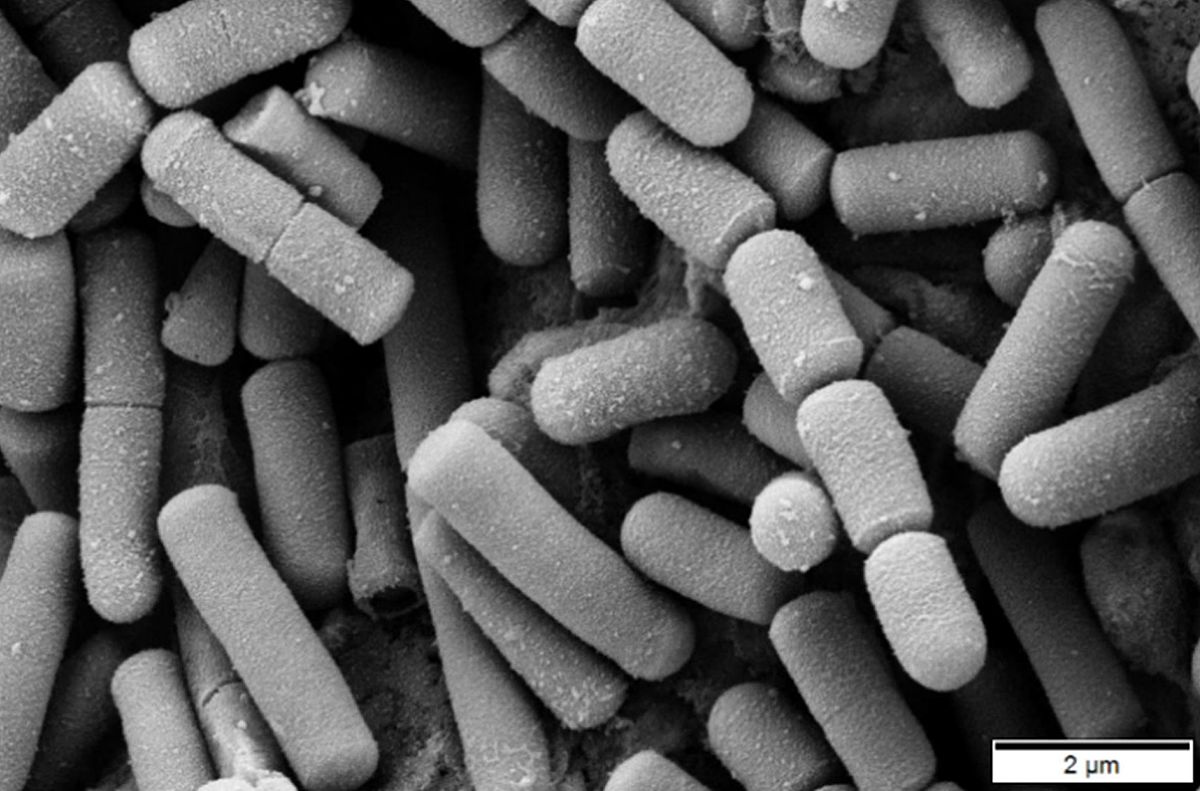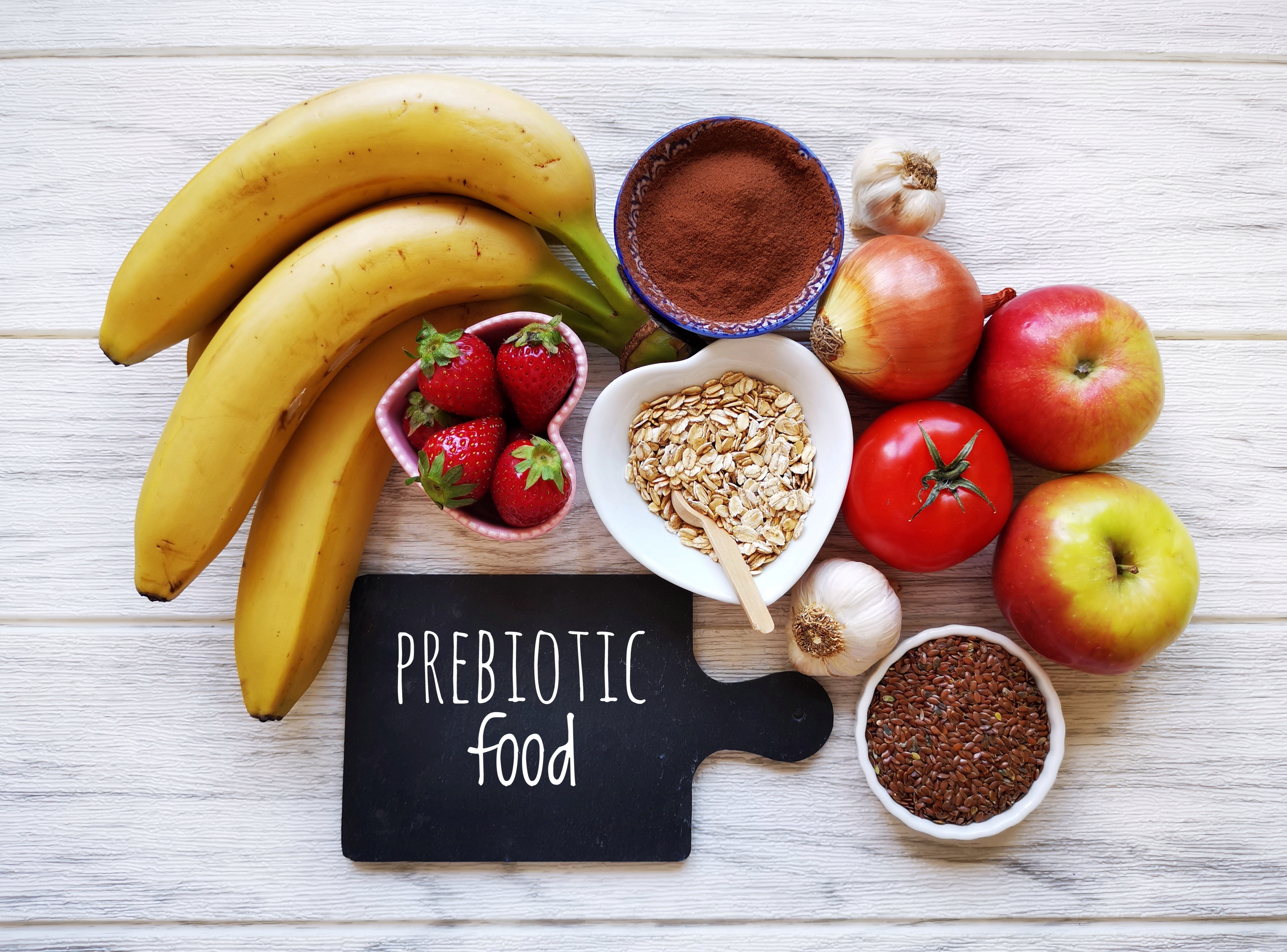This topic takes on average 55 minutes to read.
There are a number of interactive features in this resource:
 Biology
Biology
Bacteria grow by splitting in two. In ideal conditions bacteria can divide every 20 minutes, so the size of the colony doubles every 20 minutes. This is known as exponential growth. In theory a colony of bacteria can continue to grow like this without stopping.
The conditions needed for ideal bacterial growth:
If conditions are not ideal each division can take several days.
Fungi also grow very fast in ideal conditions. Their needs are very similar to those of bacteria although many common fungi such as yeast do not need oxygen to grow. The rate of growth of a colony of yeast doubles for every 10°C rise in temperature until an optimum temperature is reached. If the temperature goes up higher the enzymes in the yeast don't work properly and they stop growing.

This rapid exponential growth of bacteria explains how diseases develop so fast. The bacteria grow and cause the symptoms of disease as the body reacts to the bacteria or the toxins they make. The immune system cannot react quickly enough to prevent this happening the first time a bacterium gets into the body. The second time, the immune system is ready and the bacteria are destroyed before they can grow and cause the symptoms of disease.
In fact bacteria don't show exponential growth – in the real world ideal conditions do not last long either in the lab or in the body. Factors which slow down or even stop bacterial growth can include:
Graph to show a typical natural growth curve of a bacterial colony.
You can culture bacteria in the lab and observe the growth of different colonies. It is important to keep everything aseptic – clean and uncontaminated by bacteria from the world around you – so that you only grow the cultures that you want to investigate.
Your gut contains about 100 trillion bacteria which weigh around 1.5kg. Many of these are very useful – the so called 'good bacteria' which help break down your food and protect you from pathogens. But some of the bacteria are not so healthy, and they can cause problems. It is important to have plenty of the good bacteria in your gut for it to work properly and to prevent the other bacteria from causing health problems. A number of different foods are sold which claim to encourage the growth of healthy gut bacteria.
Probiotics
Probiotics contain live, healthy bacteria usually Lactobacillus and Bifidobacteria. They produce lactic acid in your gut. Many different probiotic foods are sold, often as yoghurts or yoghurt drinks.
The manufacturers claim that they will make you healthier in many different ways, improving your digestive system, helping your immune system and reducing allergies.
In 2009 scientists at the European Food Safety Agency looked at the scientific evidence for 180 health claims for probiotics. They rejected ten completely and said there was not currently enough evidence to support the other 170 claims.

Probiotics are big business – millions of pounds worth of probiotic drinks and yoghurts are sold every year
© iStock photo.com
Prebiotics
Prebiotics act as food for the 'good' bacteria in your digestive system and encourage their growth. Surprisingly they are mainly substances which you can't digest in your body. You can find them in some fruit and vegetables such as asparagus, bananas, onions and tomatoes. They are also sold in specially made dairy products or prebiotic capsules. The scientific evidence is growing that prebiotics really can increase the 'good' bacteria in your gut and help maintain good health.
